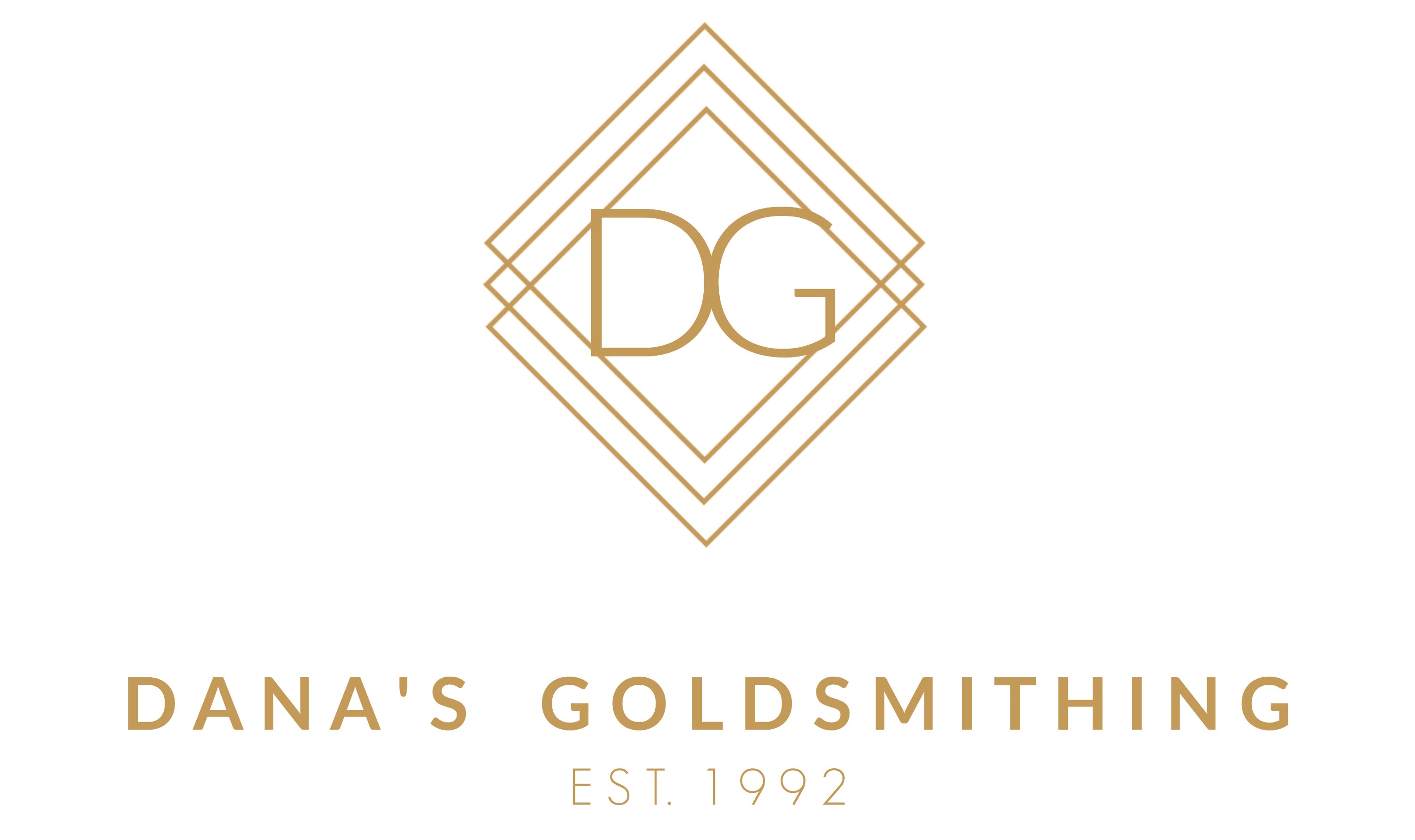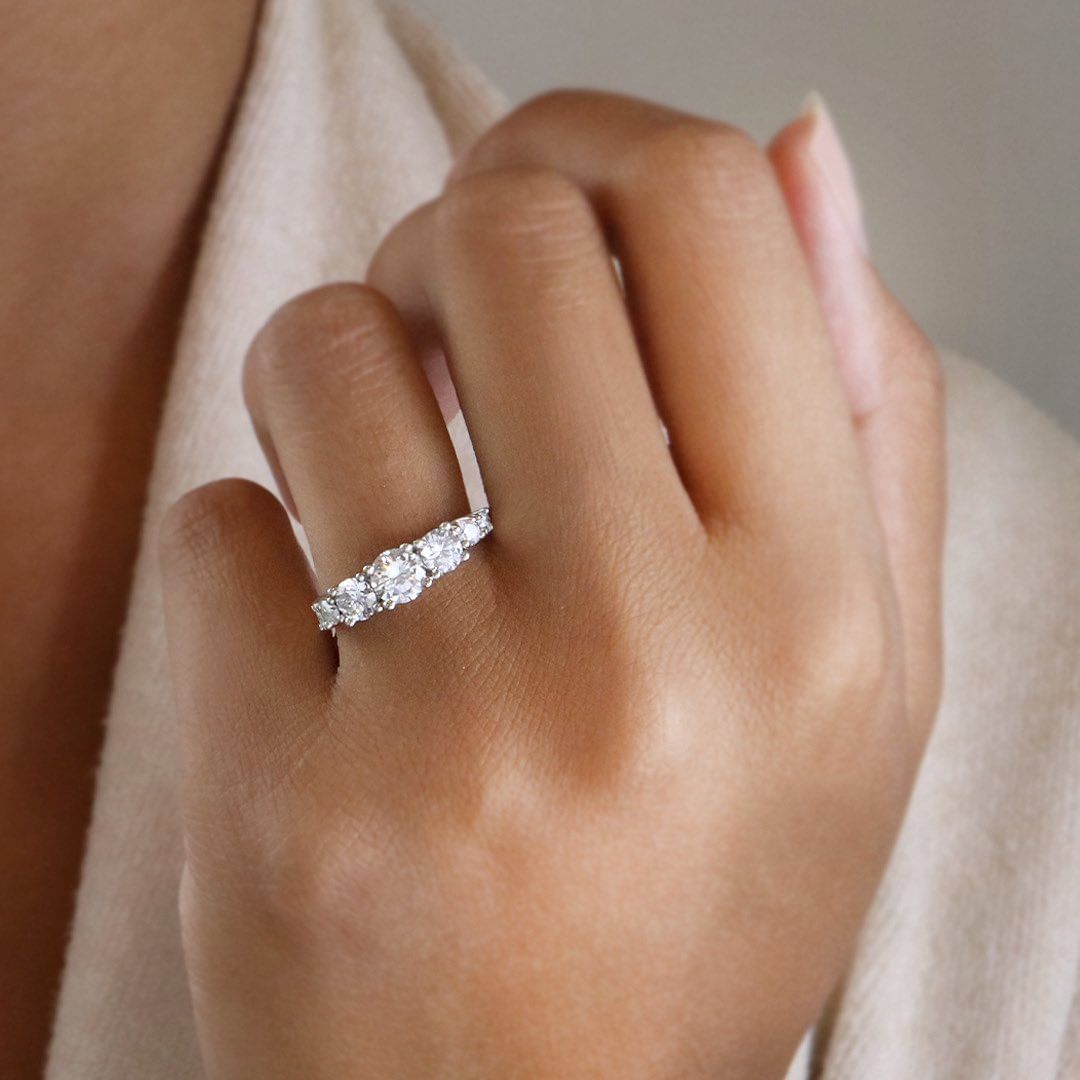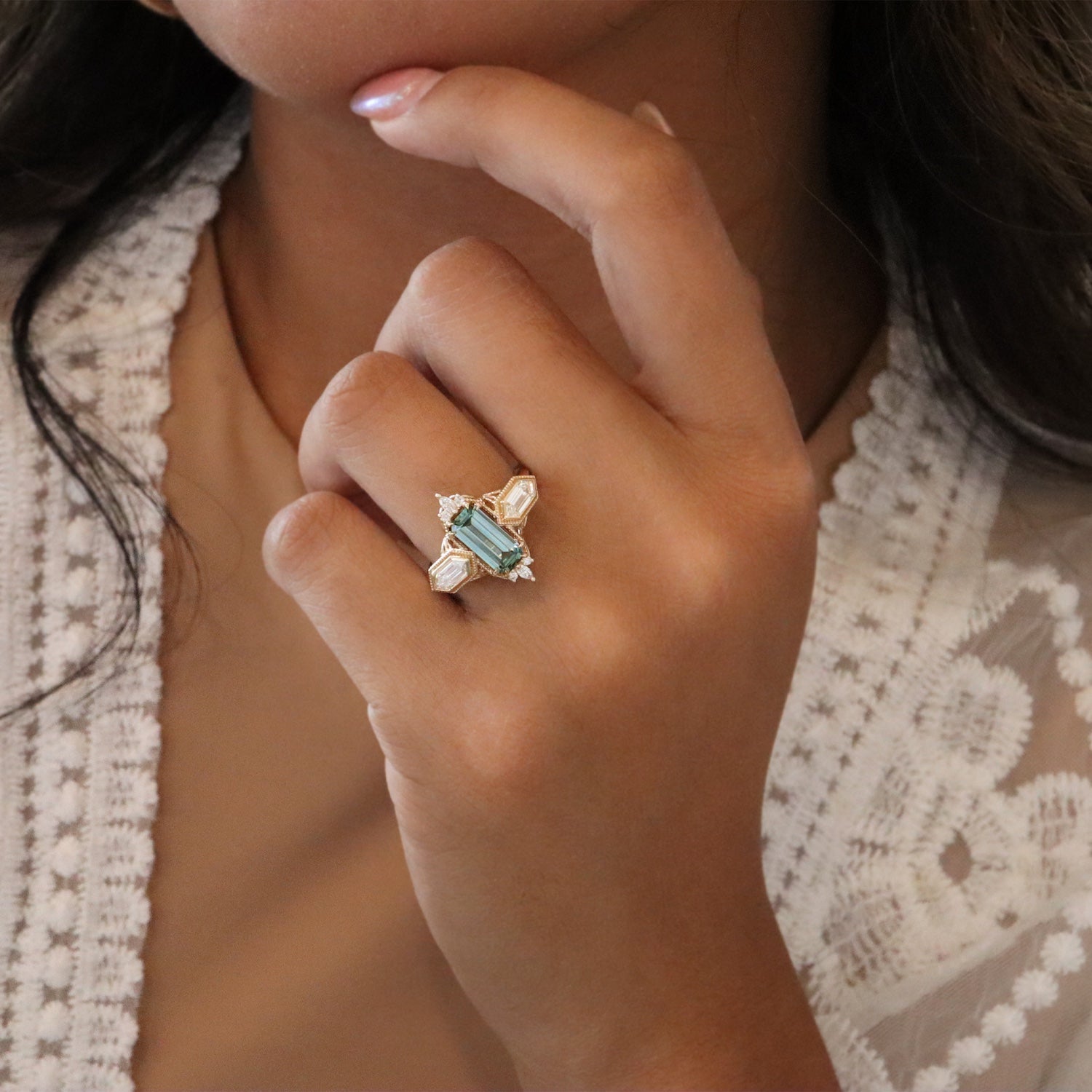All About Gold
A pure gold bar is something to marvel at. The beautiful yellow richness seems almost magical. Unfortunately pure gold is much too soft to be crafted into a practical, wearable fine piece of jewellery. We first have to mix in other metals to make a gold alloy, adding certain desirable properties: hardness, durability, and colour. In this article we'll get into the nitty gritty regarding all the different colours and purity of gold that make up our favourite jewellery items.
Karat
Before we get to the different colours of gold, it's important to talk about gold purity. Purity can be marked on a piece in many different ways and can get a little confusing but every way is just a different method of telling you what percentage of pure gold is in a jewellery piece. The most common method in Canada is the karat stamp. Karat is abbreviated as "k" and is a measure of gold purity totaling 24. 100% pure gold is 24k, while 50% pure gold would be 12k (12 parts out of 24). The second most common method is fineness, which works the same way as karat but totals 1000. As a side note, pure gold is never stamped 1000, instead it is stamped as 999.9 because total purity can never be guaranteed.
It can all get a little confusing sometimes so I've added a handy little chart:

Yellow, Green, and Red Gold
The classic yellow gold. From a pale ephemeral yellow, to a rich deep saffron, yellow gold alloys range widely in colour. The basic metals for all yellow gold alloys are: pure gold, and equal parts silver and copper. The higher the karat of yellow gold, the richer the yellow tone will be. If we add more silver than copper we get a green tinted gold. If we go the other way and add more copper than silver, the metal takes on a rose tint, and removing the silver entirely gives a very rich red.
White Gold
14kt White Gold: The standard white gold alloy. Has a slight yellow tint. Good for any piece of jewellery. Not hypo allergenic. Requires rhodium.
14kt Palladium White Gold: This is a specialhypoallergenicwhite gold alloy. Does not contain any nickel, making it a perfect choice for anyone with a sensitivity to nickel.Requires rhodium.
18kt White Gold:An alternative to 14kt if you prefer a higher gold content. Has a slight yellow tint. Somewhat harder than 14kt white gold.Not hypoallergenic Requires rhodium.
19kt "Pure" White Gold:This is another specialty alloy. 19kt uses a special mixture of bleaching metals to attain the whitest colour of all the white golds.Not hypoallergenic. Does not require rhodium.
Platinum
I know this is supposed to be about white gold but since we're listing white metals it should be included here. Platinum is slightly whiter than 19kt white gold and does not require rhodium. What makes platinum unique is that it is the most resistant noble metal and is hypoallergenic. While it is slightly softer than the gold alloys it is highly resistant to breakage and is extremely resistant to wearing down.


